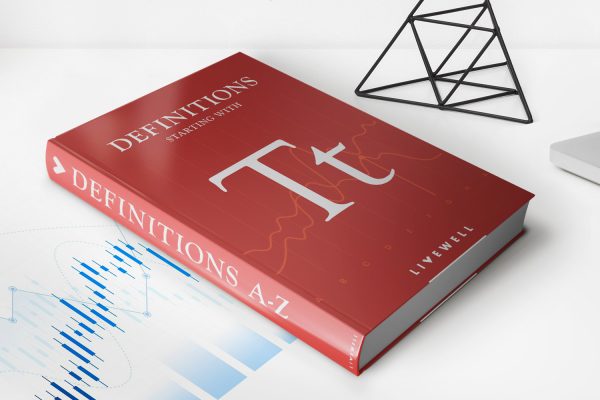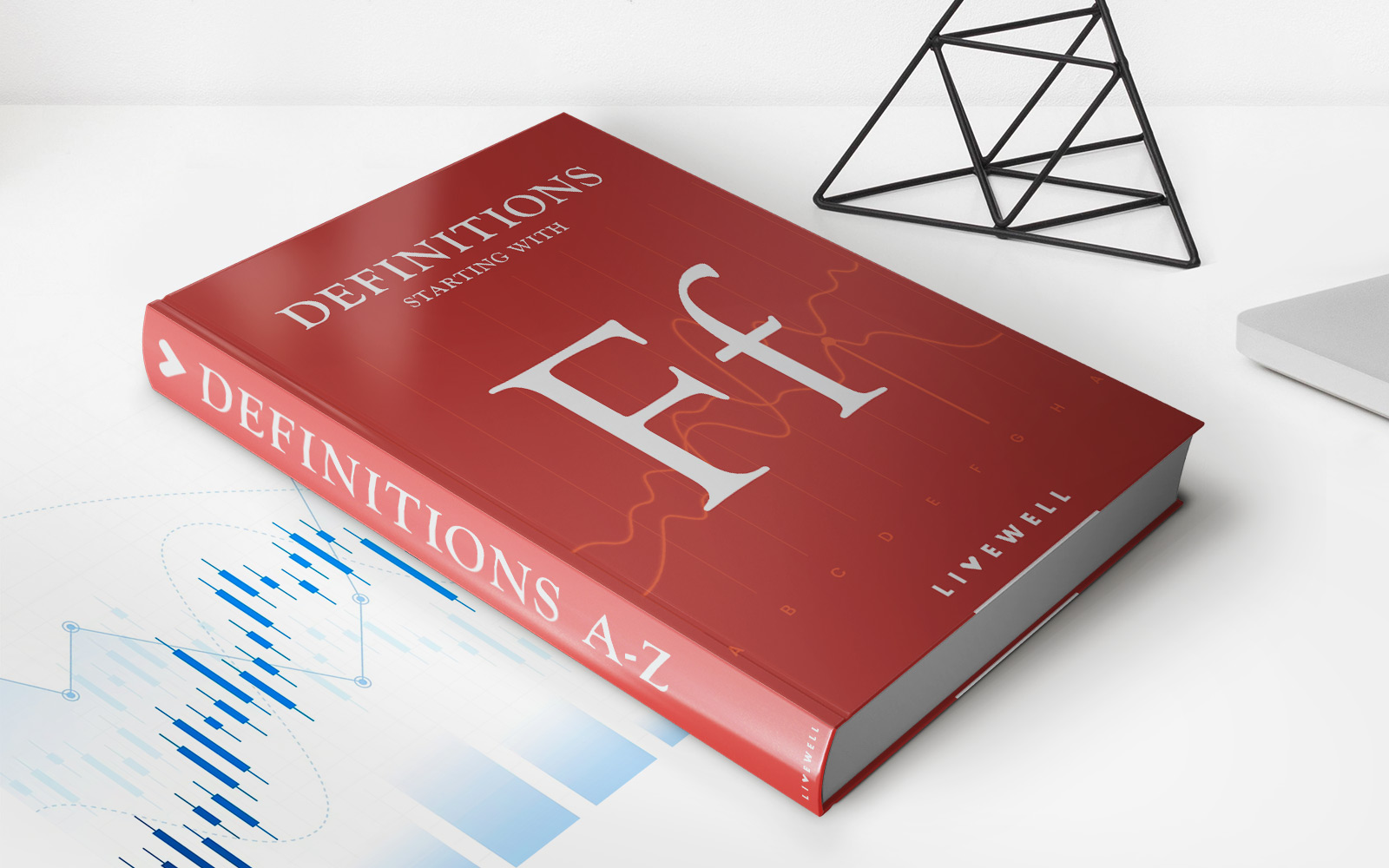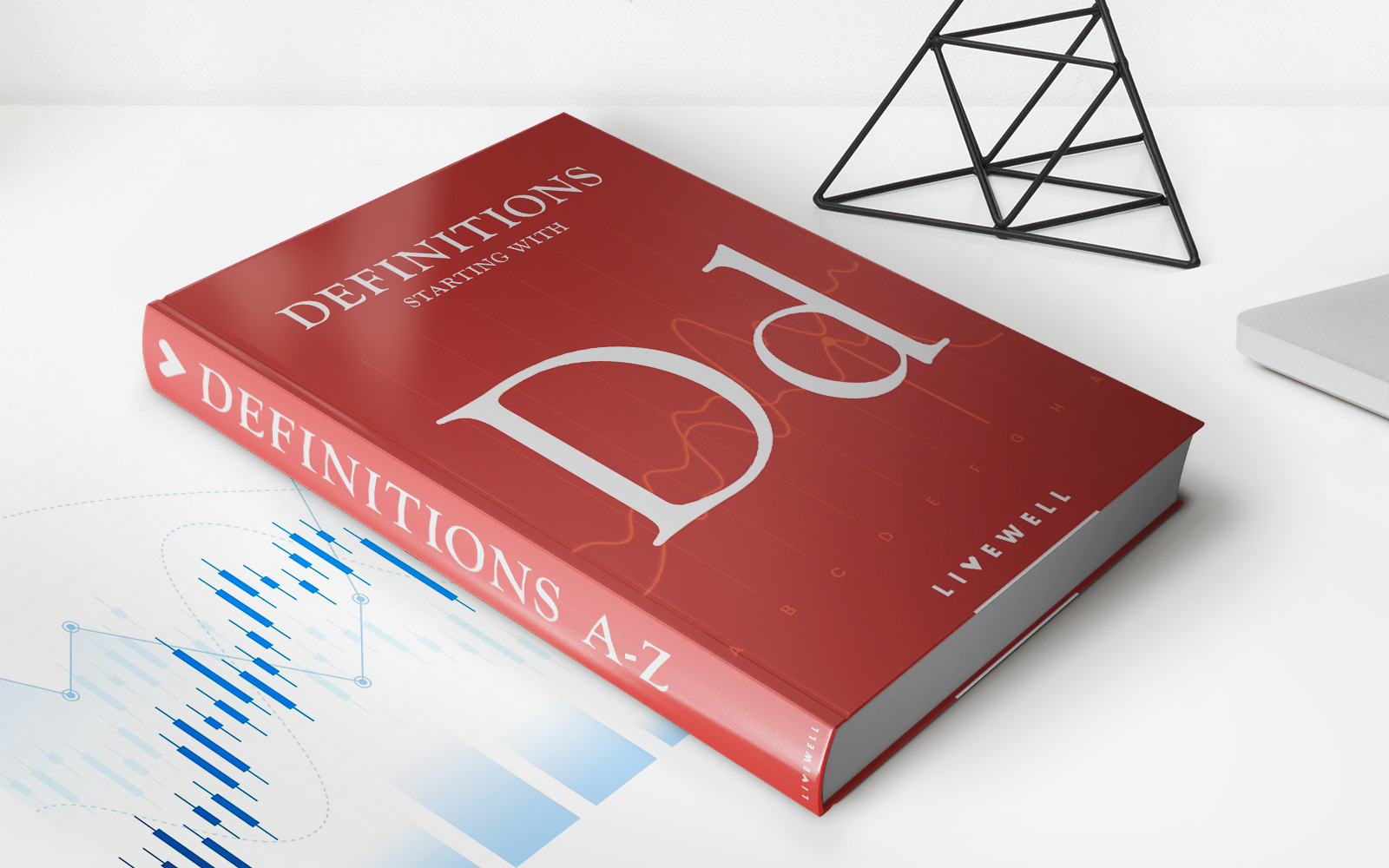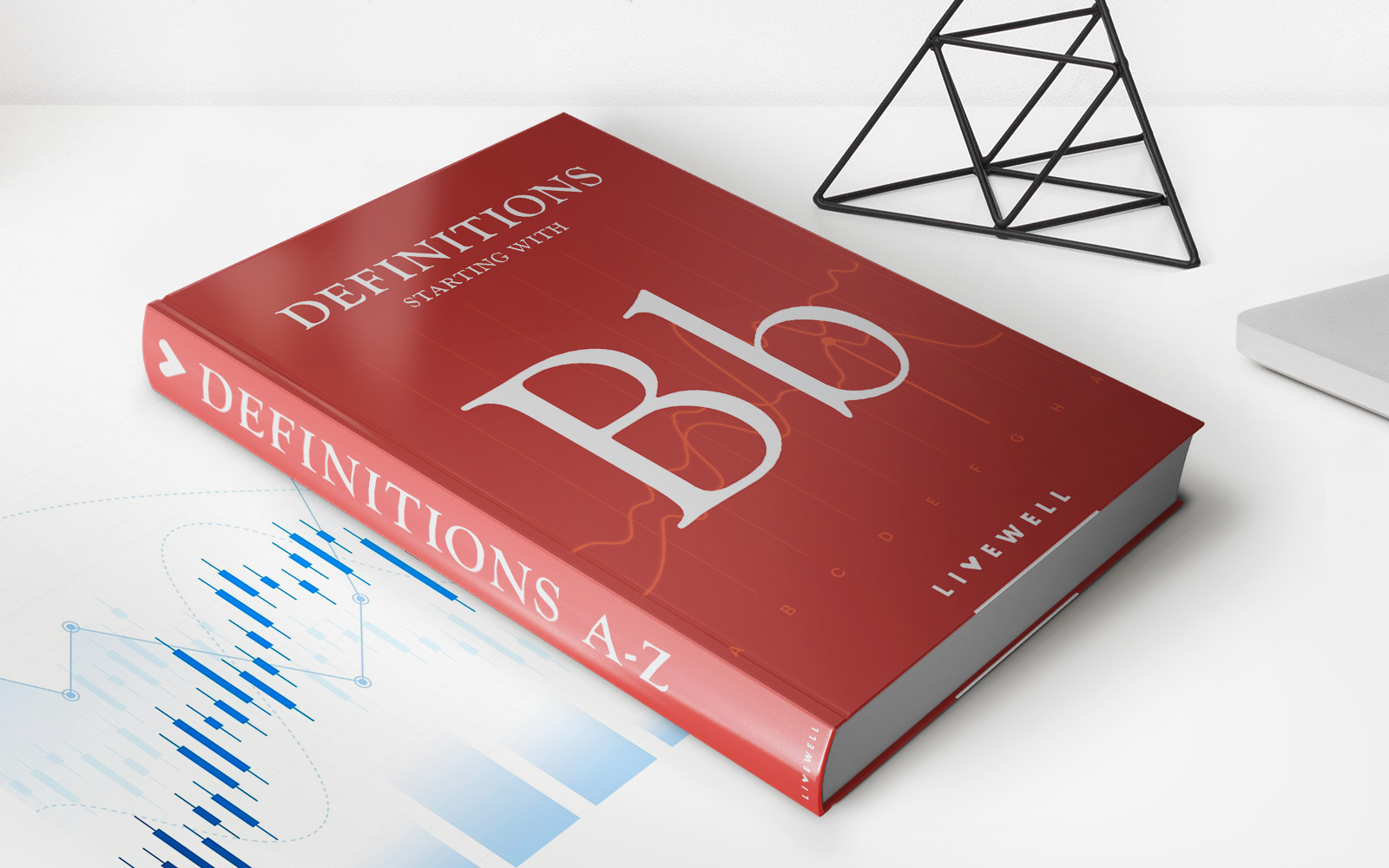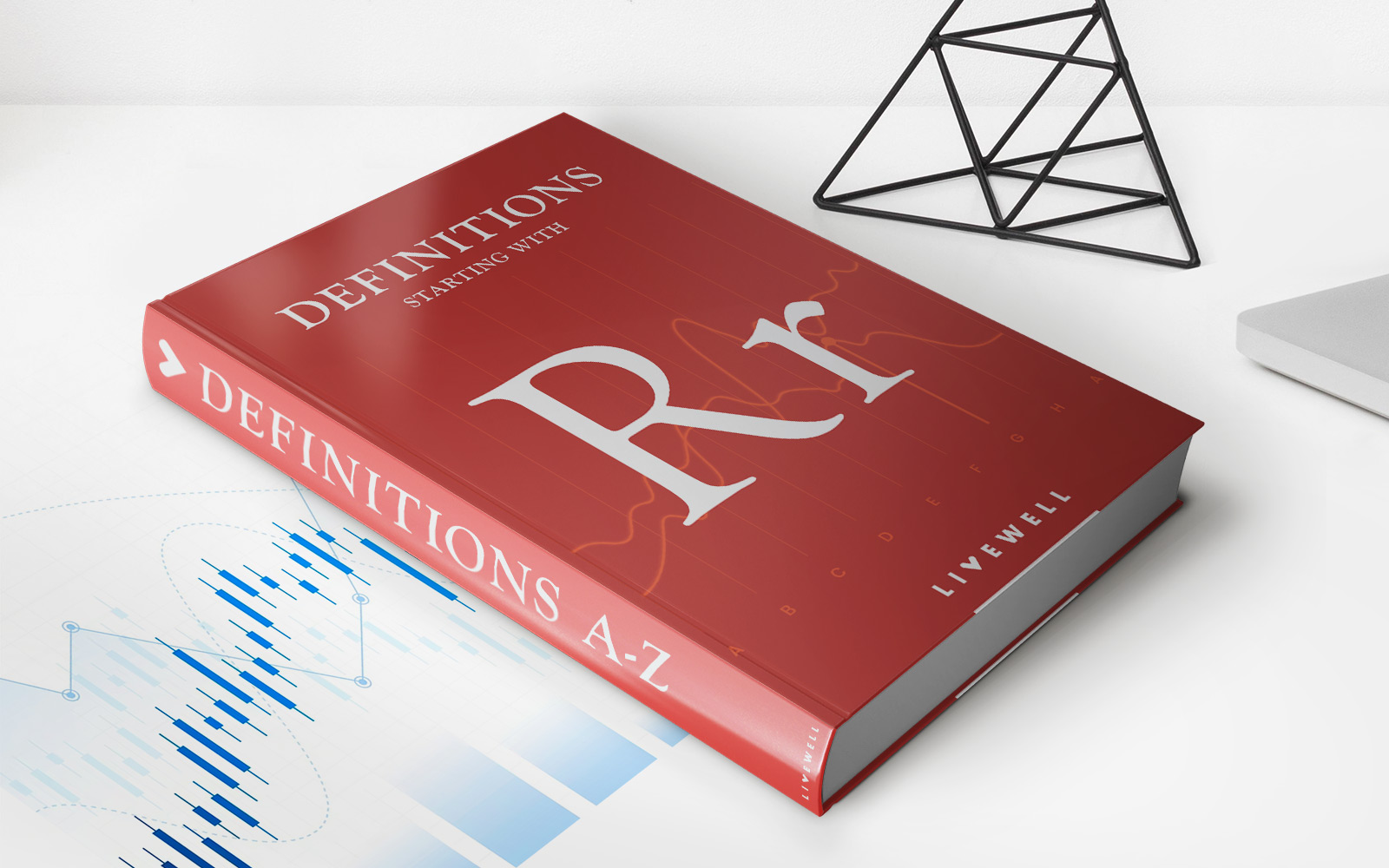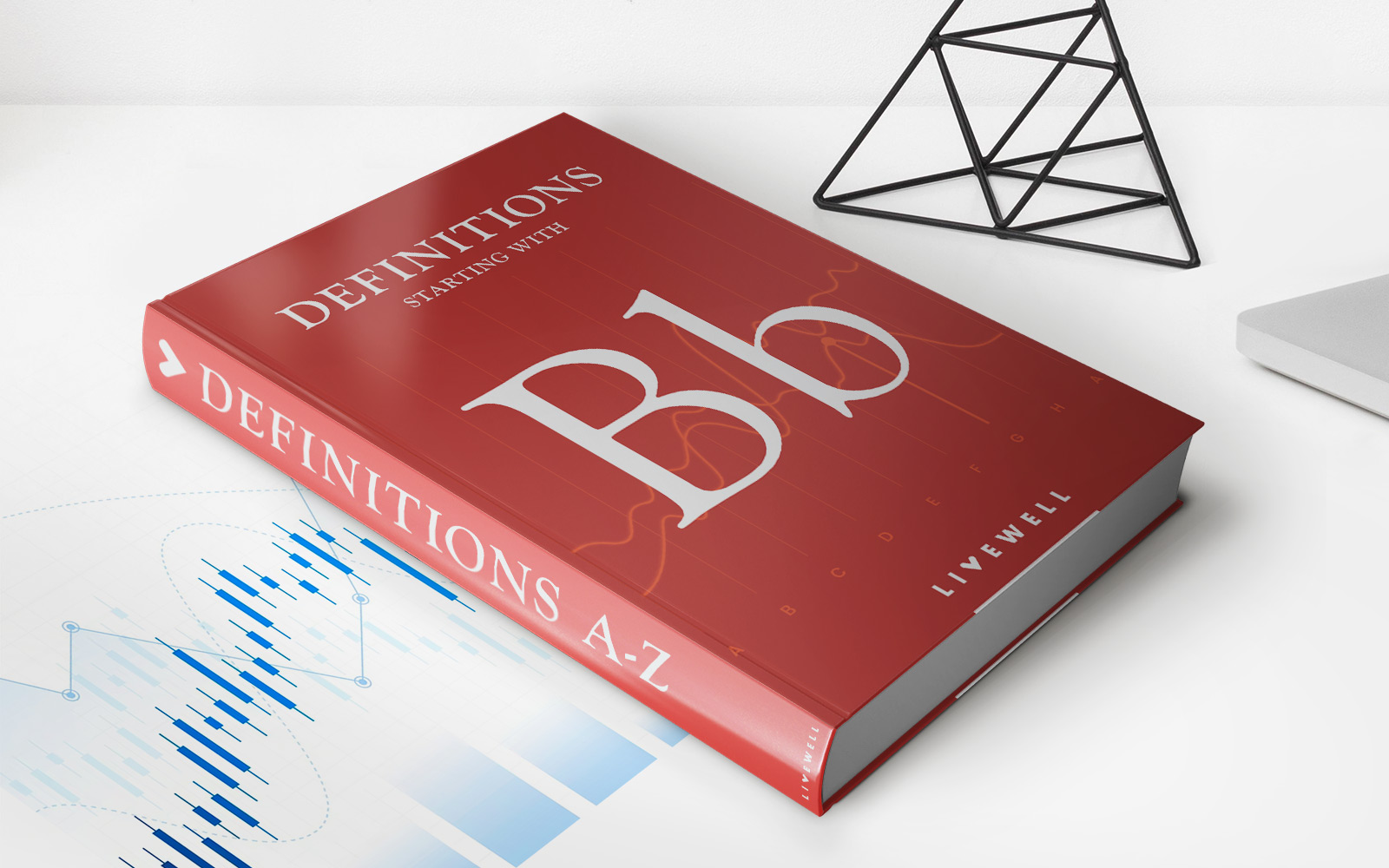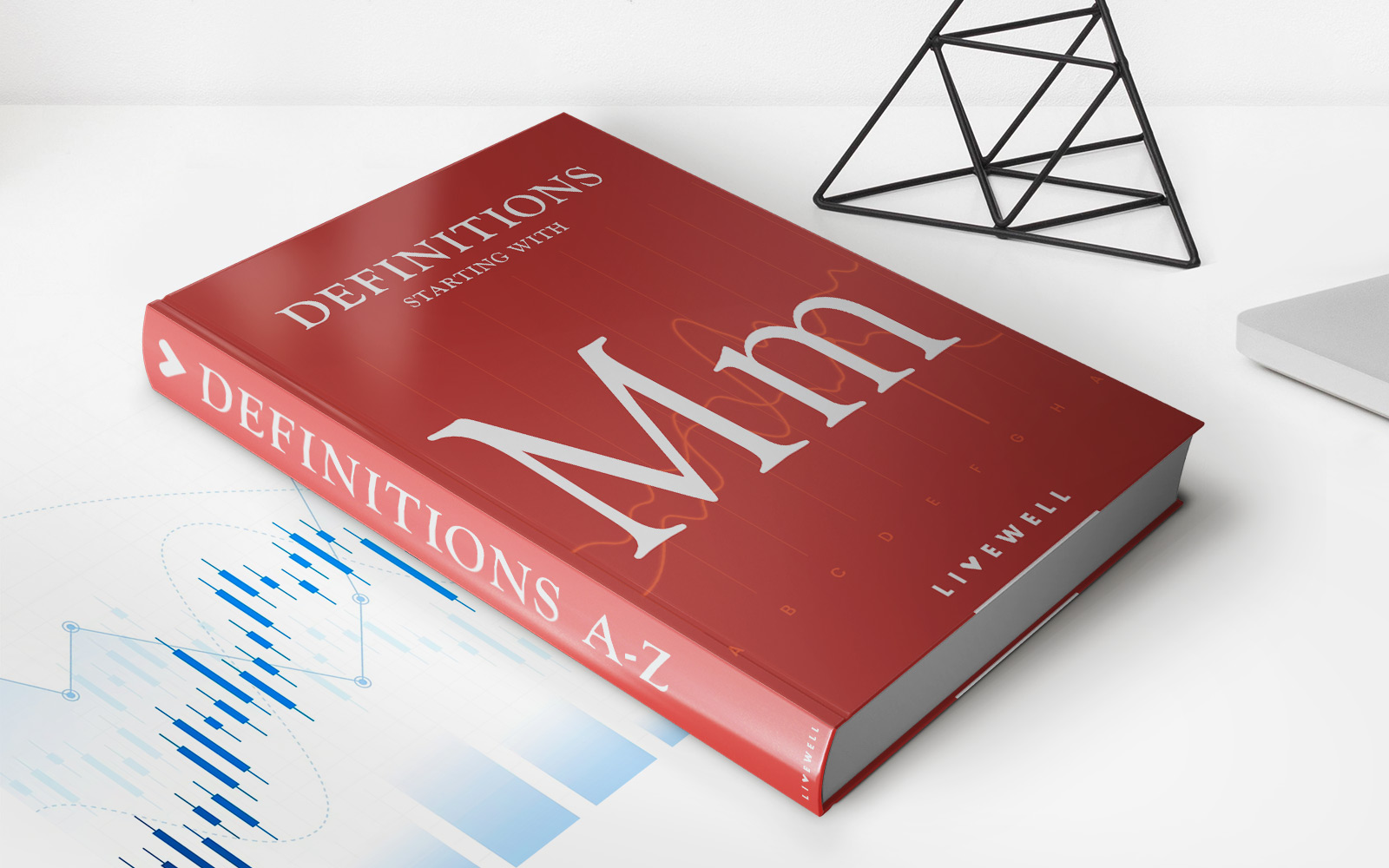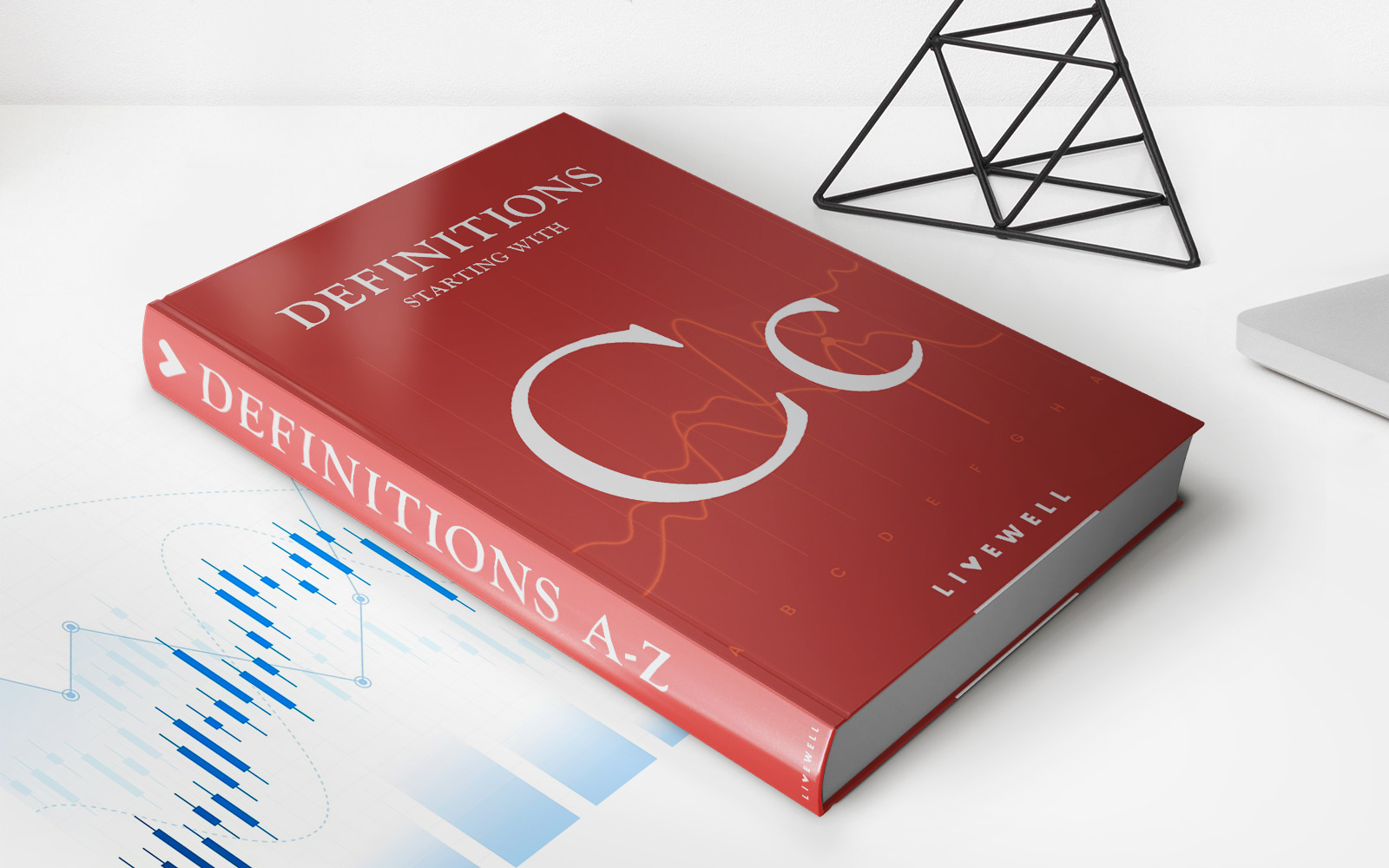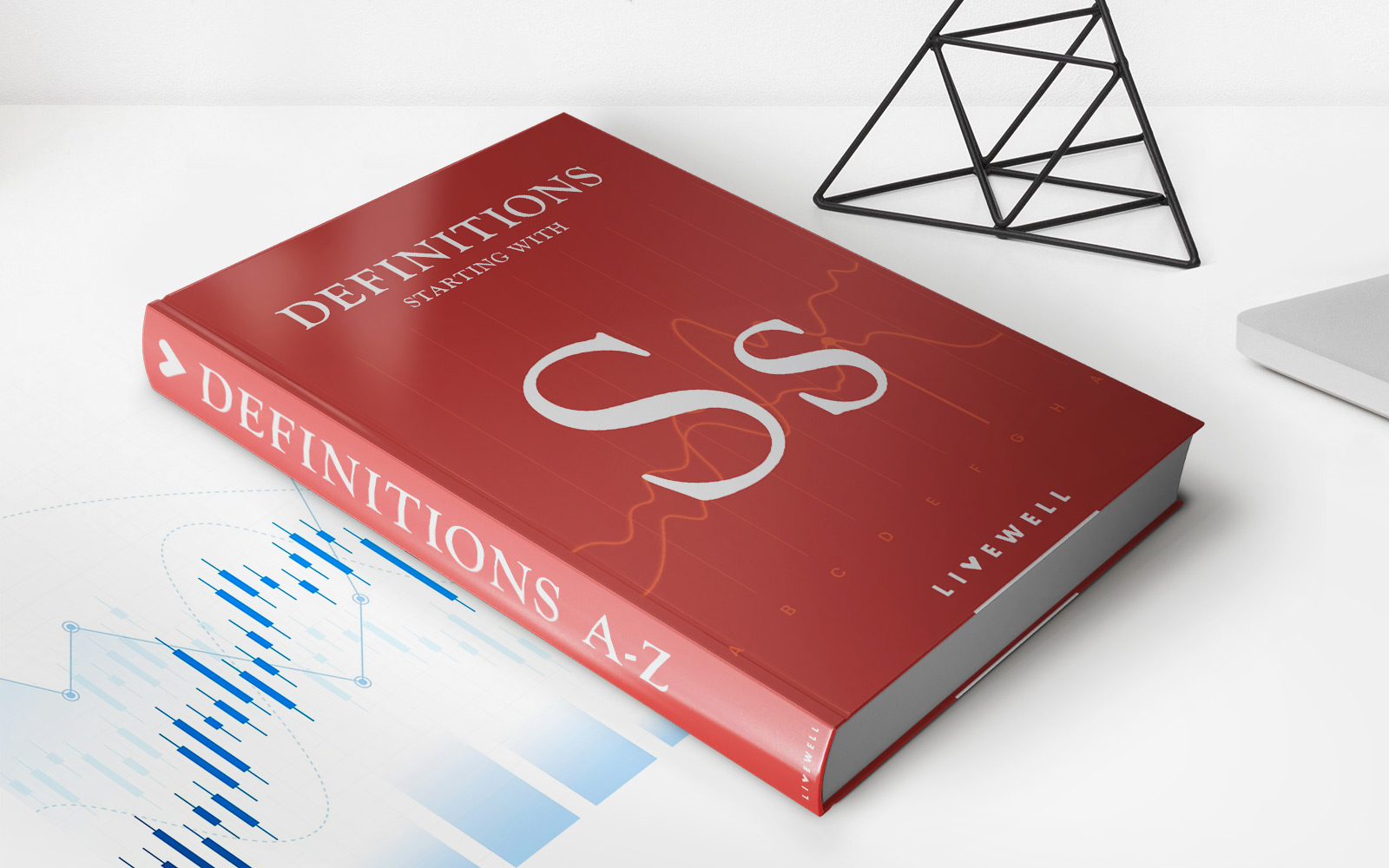Home>Finance>Give-Up: Definition, Parties, And Example Of A Give-Up Trade


Finance
Give-Up: Definition, Parties, And Example Of A Give-Up Trade
Published: November 30, 2023
Learn the meaning of a give-up trade in finance, the parties involved, and get an example. Enhance your financial knowledge with this informative article.
(Many of the links in this article redirect to a specific reviewed product. Your purchase of these products through affiliate links helps to generate commission for LiveWell, at no extra cost. Learn more)
Give-Up: Definition, Parties, and Example of a Give-Up Trade
Welcome to our Finance category where we delve into the ins and outs of various financial topics. Today, we will discuss an important concept in trading known as “give-up.” So, what exactly is a give-up trade, who are the parties involved, and how does it work? In this blog post, we will answer these questions and provide a clear example to help you understand this crucial aspect of the financial world.
Key Takeaways:
- Give-up is a common practice in trading where one broker executes a trade on behalf of another broker’s client.
- The parties involved in a give-up trade are the executing broker, the introducing broker, and the client.
Now that we have our key takeaways, let’s dive deeper into the definition and mechanics of a give-up trade.
Definition: In the world of finance, a give-up trade refers to a situation where one brokerage firm (known as the executing broker) executes a trade on behalf of another brokerage firm’s client (known as the introducing broker’s client). This practice allows introducing brokers to offer their clients access to various exchanges and liquidity while benefiting from the execution capabilities of the executing broker.
Parties Involved: A give-up trade typically involves three parties: the executing broker, the introducing broker, and the client. Here’s a breakdown of their roles:
- Executing Broker: This is the brokerage firm responsible for executing the trade on behalf of the introducing broker’s client. They have the necessary infrastructure and relationships with exchanges to facilitate the trade execution.
- Introducing Broker: The introducing broker is the firm that brings the client to the executing broker, typically because they lack the necessary execution capabilities or access to specific markets. They maintain the relationship with the client and provide valuable services such as research and advice.
- Client: The client is the individual or institutional investor for whom the trade is being executed. They rely on the introducing broker to help them navigate the complexities of the financial markets and find the best opportunities for their investments.
Now that we understand the parties involved, let’s illustrate the mechanics of a give-up trade with an example:
Example: Imagine that you are an investor and you have hired an introducing broker to assist you with your trading decisions. The introducing broker suggests a trade and sends the order to their executing broker, who has the necessary connections to execute the trade on an exchange. The executing broker receives the order, executes it on your behalf, and updates your account with the details of the trade.
Throughout this process, the introducing broker acts as your intermediary, providing you with updates and facilitating communication between you and the executing broker. They ensure that the trade is executed according to your instructions and any specific requirements you may have.
In summary, give-up trades are an essential part of the financial world, allowing introducing brokers to offer their clients access to various exchanges and liquidity while leveraging the execution capabilities of executing brokers. By understanding the definition, parties involved, and mechanics of give-up trades, you are better equipped to navigate the complexities of the financial markets.
Thank you for joining us in exploring this topic within our Finance category. We hope this article has provided valuable insights into give-up trades and how they function. Stay tuned for more informative content on various financial topics in the future!



